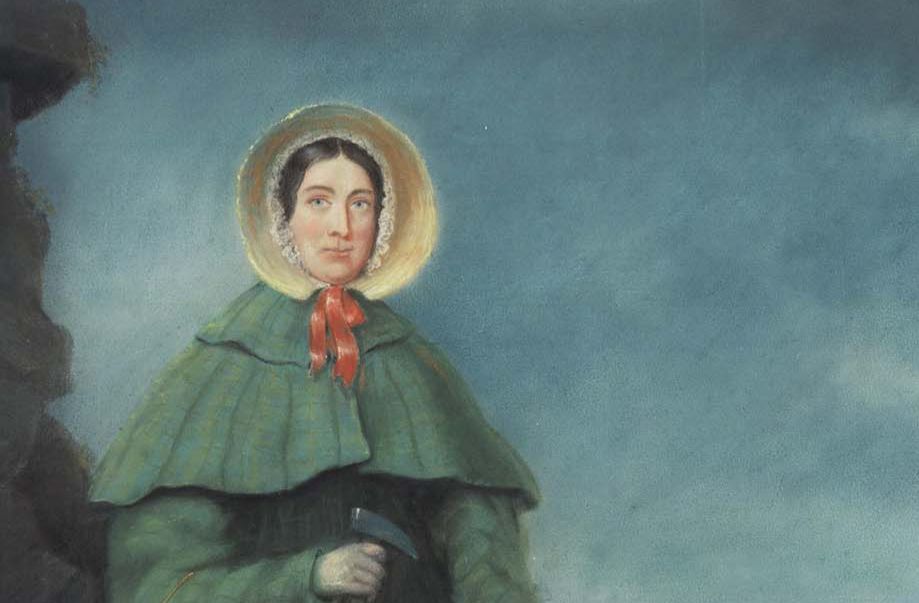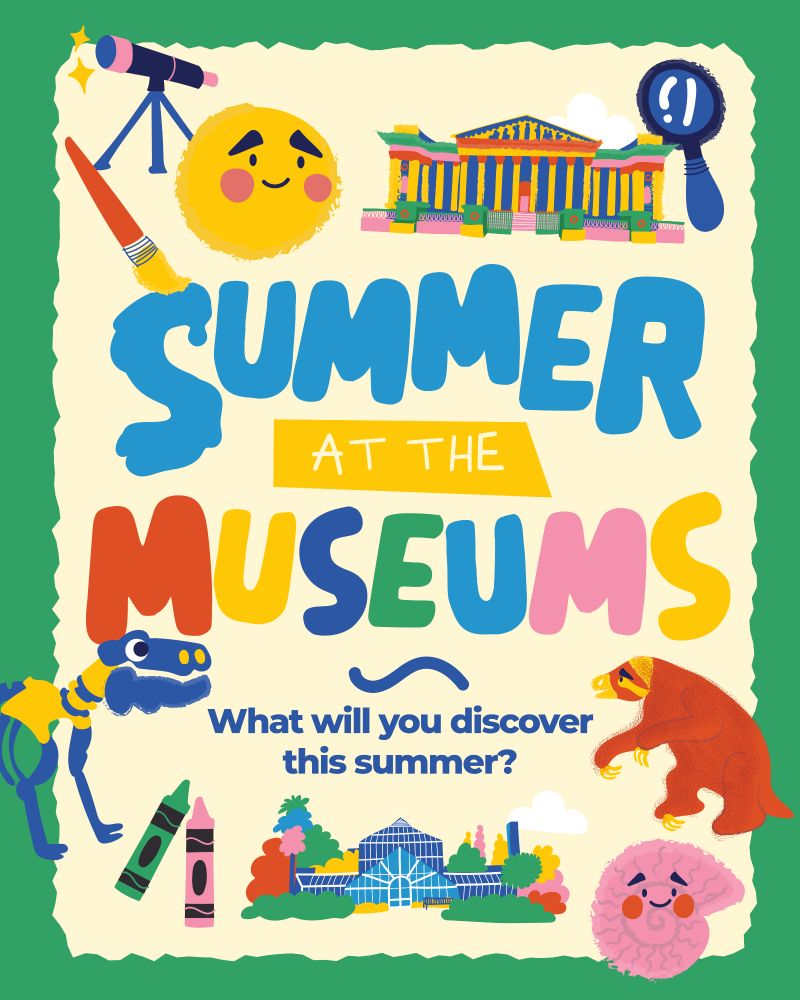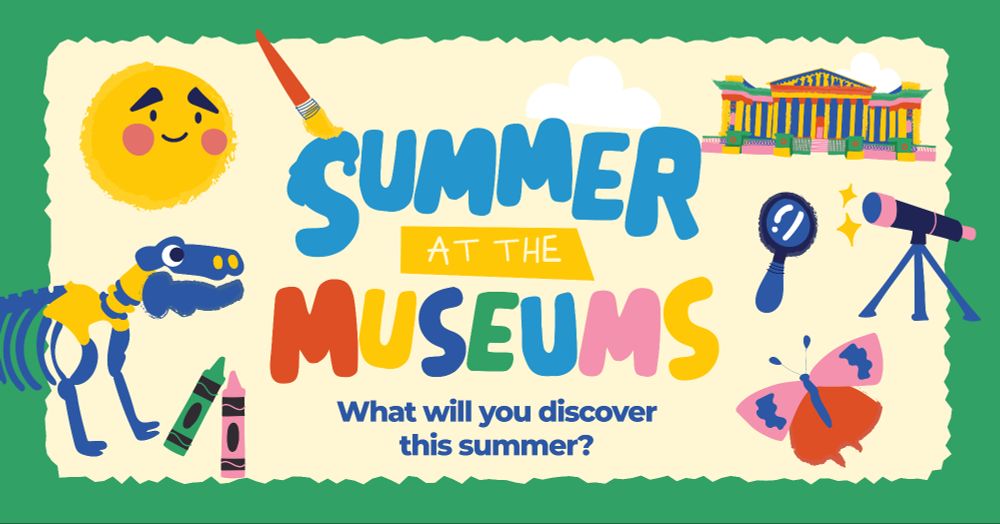Sedgwick Museum
@sedgwickmuseum.bsky.social
230 followers
33 following
24 posts
Come on in and explore 4.5 billion years of Earth’s history, from meteorites and mountains to dinosaurs and diamonds. Free, no booking required
sedgwickmuseum.cam.ac.uk
Posts
Media
Videos
Starter Packs
Reposted by Sedgwick Museum
Reposted by Sedgwick Museum
Reposted by Sedgwick Museum
Reposted by Sedgwick Museum
Reposted by Sedgwick Museum
Liz Hide
@themuseumofliz.bsky.social
· Apr 9
Reposted by Sedgwick Museum






![Extract of a letter from Mary Anning to Adam Sedgwick: [I] 'trust you will be gratified with the Ichthyosaurus when you see it - I directed it to Professor Sedgwick Geological Society Somerset House'.](https://cdn.bsky.app/img/feed_thumbnail/plain/did:plc:vcl75pfg74dsskrzvynq5rez/bafkreielr3rwea5skxp4iqs5fd6bapiccsv7nt2tuja576qlose7uibcjm@jpeg)




























